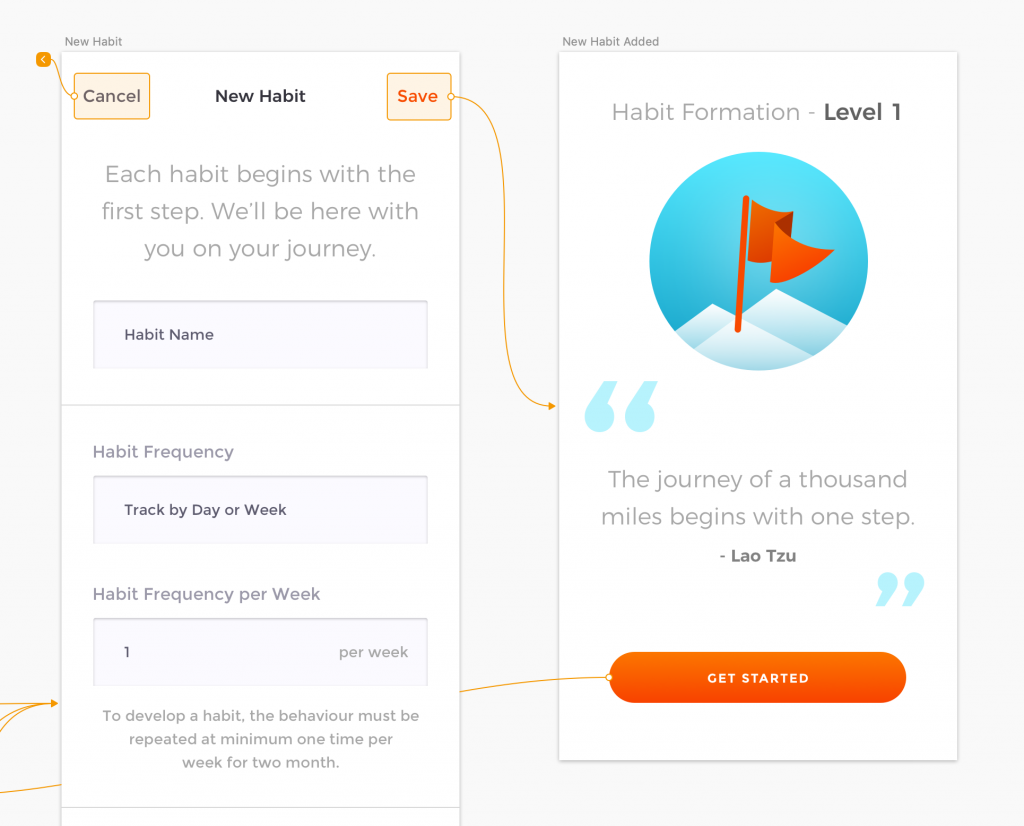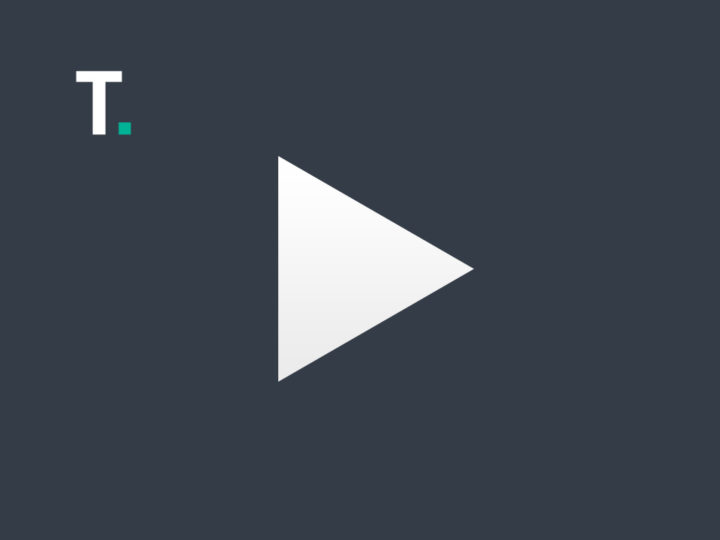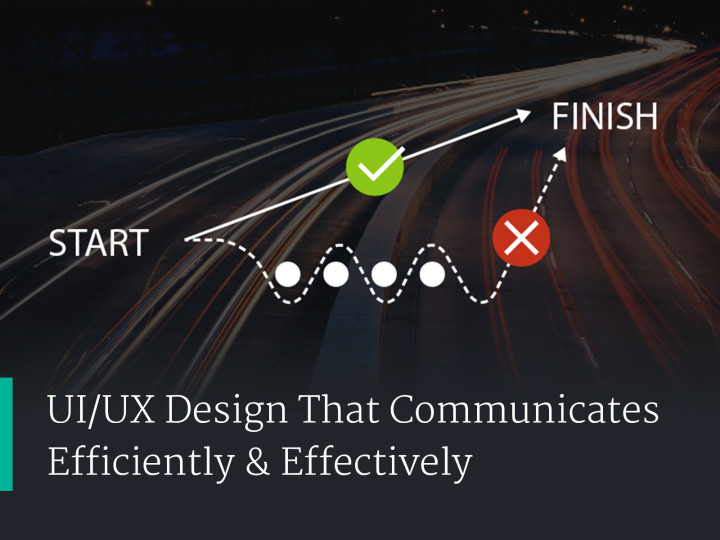
Designing a Habit Formation App
I enjoy designing applications, and giving myself personal design challenges. In the New Year I decided to design an app that helps people develop desired habits. I thought it was a timely challenge, while many people are starting new years resolutions. Unfortunately many of those habits end shortly after they’ve begone. Here’s a view into some of my process.
Prototype:
- Online Prototype (Sketch Cloud)
- Staring to build an interactive HTML/CSS prototype
- View the overview (Overflow Cloud)
Vision
Good habits are hard to form and easy to break. Create an iOS app that helps guide the user to build desired habits, and help them keep them.
Business Goal
- Phase one: Create a minimum viable product that delivers basic value to the customer. This first phase will be free. This will increase the ability for people to access the product, and for us to gain a user base.
- Phase two: Add a paid user component to make money on the project. This will either be by switching to a paid app in the Apple App Store, or having a free trial with a transition to in app purchases.
Competitive Positioning
There are many habit goal apps on the market. The differentiator with this app is leveraging habit formation research to implement habit formation cycles with the user. Many of the habit-forming apps are overly complex with vague targets of completion. This app will aim for simplicity. The minimum goal for each user is to complete the first phase of the habit formation cycle.
What is a habit?
Habits are routine patterns of behavior or a regular tendency or practice that takes little to no conscious thought.
Why Would Someone want to Create New Habits?
If we are not intentionally developing good habits, then bad habits or inaction will take their place. Whether trying to create a daily habit of flossing your teeth or a weekly habit of exercise, this app aims to help the user intentionally develop custom desired habits.
What Are the Challenges of Developing New Habits?
Starting anything new can be a challenge to maintain. People are often opposed to change, even when the desired change will improve their life. People will need to be reminded about their habit commitments. The challenge will be how to remind the users through notifications that are not overly obtrusive. People don’t like being told what to do. People have a natural tendency to rebel against outside forces nagging them to do things. The one benefit of this model of a habit helper app is that the users themselves are seeking out the change by installing the app. We will assume that the user through whatever factors, internal, or external motivators, are looking to the Habit Quest App to help guide them in developing these new habits. The app will ideally have motivational encouragement sprinkled throughout. The app will first prioritize ability (ease of use) over motivation, because motivation is a harder goal to achieve. User interviews asking potential users what habits they’d like to start, and what challenges they’ve had in the past with starting new habits will help us better understand the challenges. We may discover in the future that adding a social component might help some users keep their commitments.
Minimum Frequency for Habit Development
To develop a habit, the behavior must be performed at a minimum of once a week for two months. The likelihood someone maintains a habit increases with continued time and frequency of the behavior. We want to incentivize repeating Habit Quests through a series of levels gained.
User Types
- Phase one: All users are free users: Customer User
- Phase two: There will be Free Trial Users, and Paid Users
User Stories
To start the project there will only be one Customer User type in Phase one, and one Administrator User type in the backend.
User Story Template: As a [USER NAME] I can [ACHIEVE SOMETHING], so that [VALUE STATEMENT]
- As a Customer User I can sign-up or log into the app. This will allow me to save my data.
- As a Customer User I will be walked through basic instructions for how to use the app on first use of the app. This will also explain the basics of habit formation.
- As a Customer User I will be able to add a New Habit.
- When adding a new habit, I should be able to:
- Name the Habit I would like to add. This will allow me to customize and identify the Habit later.
- Select frequency of the desired behavior. This will allow me to indicate the frequency of the desired behavior. Example: should the behavior be performed once a day or once per week. Once per week for two months should be the minimum selectable, since we are trying to encourage habit formation.
- Optional: Allow the user setup or turn off morning and evening notification prompting. Perhaps allowing customizable times to activate a notification. This optional setting will allow prompting in the morning and evening linking into the app with a list of goals I have for that day and or week. Once the goals are achieved for that week, I do not need additional prompting until the next week. This will act as a reminder to accomplish my habit goals.
- Optional Long-Term Vision: Select a Habit Quest Theme. The concept of the theme is to allow for visualization of the progress of my habit formation. These themes will range from summiting a mountain, running a long distance race, to finding the pirate treasure. These themes seek to be motivational and aspirational. The progress marker will move along a visual line in the theme to the ultimate goal representing the formation of a habit, and achieving an increased level.
- Optional Long-Term Vision: Select an avatar that I can identify with. This will help me personify my journey through the Habit Quest Theme visualizations.
- When adding a new habit, I should be able to:
- As a Customer User I will be able to view a list of all my habits. This will allow me to find habits later. Reasons for retrieving the habit might be to edit, deactivate, restart, or remove.
- As a Customer User I will need to be able to identify that I have achieved an incrementation goal. Example: If my goal was to exercise once per week, I will need to identify in the UI that I was successful for that week via a checkbox or other interaction.
- Optional Long Term Vision: As a Customer User when I select that I have achieved an incrementation goal, show the progress I have made in the animated Quest Theme visualization progress path.









